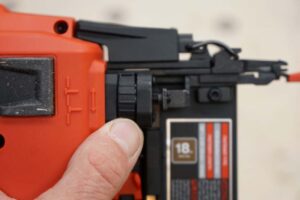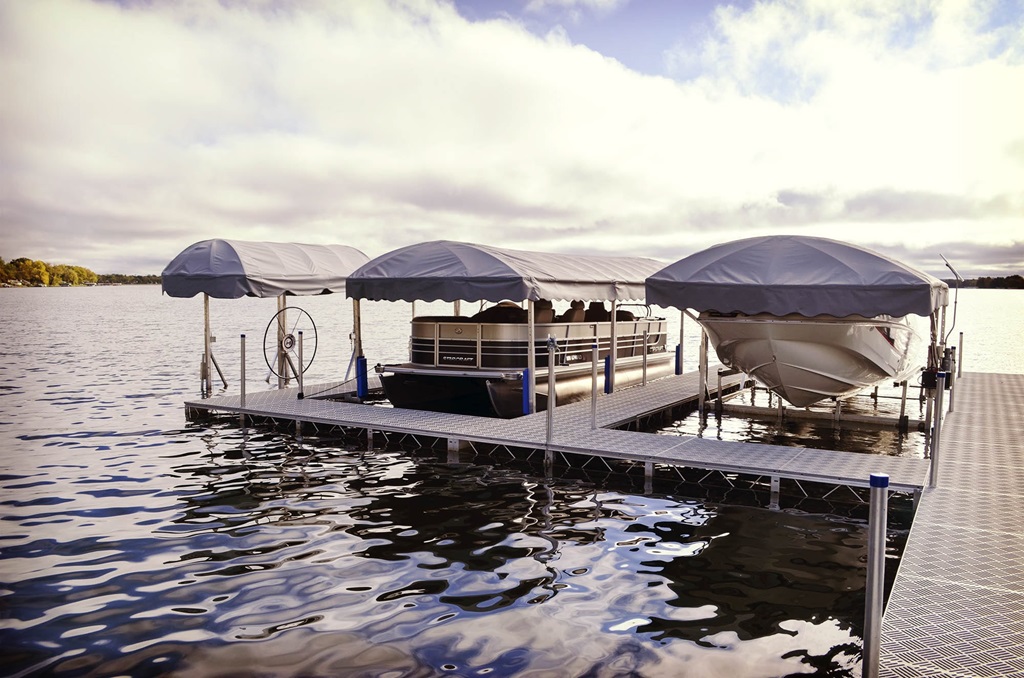
Boat lift removal is a crucial process for boat owners, requiring careful consideration and planning. Whether you’re a seasoned sailor or a novice boat enthusiast, understanding the right techniques for removing your boat lift is essential. In this guide, we’ll explore various aspects of boat lift removal techniques, from preparation to environmental considerations and the choice between DIY and professional removal.
Table of Contents
ToggleTypes of Boat Lifts
Boat lifts come in various types, including cradle lifts, hydraulic lifts, and floating lifts. Before initiating the removal process, it’s vital to identify the type of lift you have. Each type requires a specific approach to ensure a smooth and damage-free removal.
Preparing for Removal
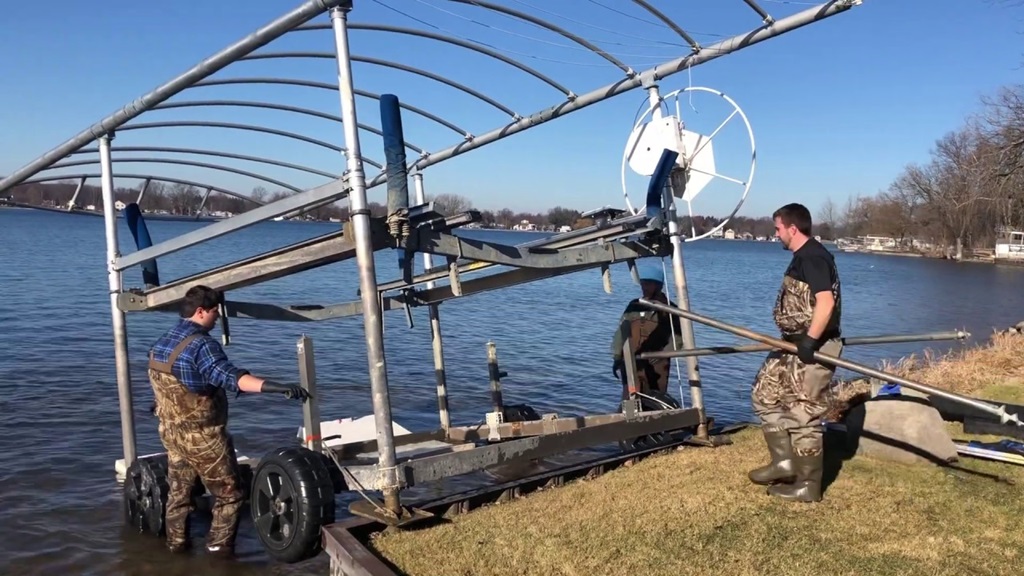
Safety should be your top priority when removing a boat lift. Before starting the removal process, ensure you have the necessary safety gear, including gloves and eye protection. Additionally, gather the required tools, such as wrenches, bolts, and a reliable boat lift removal guide.
Step-by-Step Removal Guide
- Disconnect Power: Begin by disconnecting any power supply to the boat lift to avoid accidents.
- Remove Boat from Lift: If your boat is on the lift, carefully lower it into the water before proceeding.
- Dismantle Framework: Depending on the type of lift, dismantle the framework systematically.
- Detach from Dock: If the lift is attached to a dock, ensure a secure detachment.
- Use Proper Lifting Equipment: Employ appropriate lifting equipment to prevent injuries.
- Inspect for Wear and Tear: Take this opportunity to inspect components for any wear and tear.
Environmental Considerations
Boat lift removal can have environmental implications. Be mindful of local regulations and consider eco-friendly removal methods. Dispose of materials responsibly and explore recycling options for parts that can be reused.
DIY vs. Professional Removal
Deciding between a DIY removal and hiring professionals depends on factors like the lift type, your experience, and available time. While DIY may save costs, professional removal ensures expertise and reduces the risk of damage.
Cost Factors
Consider the costs associated with boat lift removal, including equipment rental, labor, and disposal fees. Create a budget to avoid unexpected expenses and plan accordingly.
Best Practices for Storage
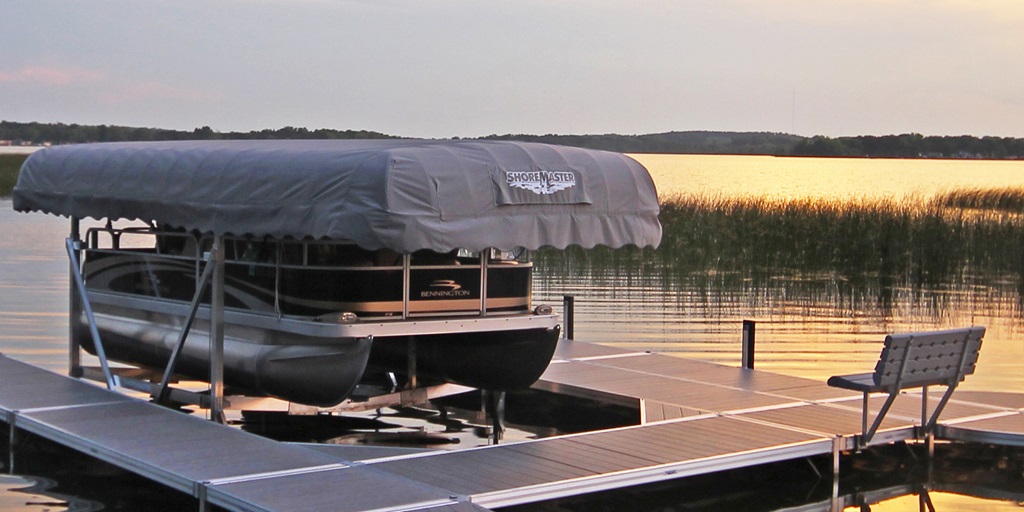
Proper storage of boat lifts is crucial to their longevity. Clean and dry the components before storing them in a cool, dry place. Implementing routine maintenance can also extend the lifespan of your boat lift.
Case Studies
Learning from real-life examples can provide valuable insights. Explore successful boat lift removal stories, including challenges faced and solutions applied.
Maintenance Tips
Regular maintenance is key to preventing issues with your boat lift. Inspect cables, pulleys, and other components routinely, and address any signs of wear promptly. Lubricate moving parts to ensure smooth operation.
Reusing Components
Consider recycling or repurposing old boat lift parts. From turning steel components into art installations to repurposing wooden elements for DIY projects, there are creative ways to give old parts new life.
Expert Advice
Seek advice from professionals in the field. They can offer personalized guidance based on your specific boat lift and removal requirements. Their expertise can be invaluable in ensuring a seamless removal process.
Future Innovations
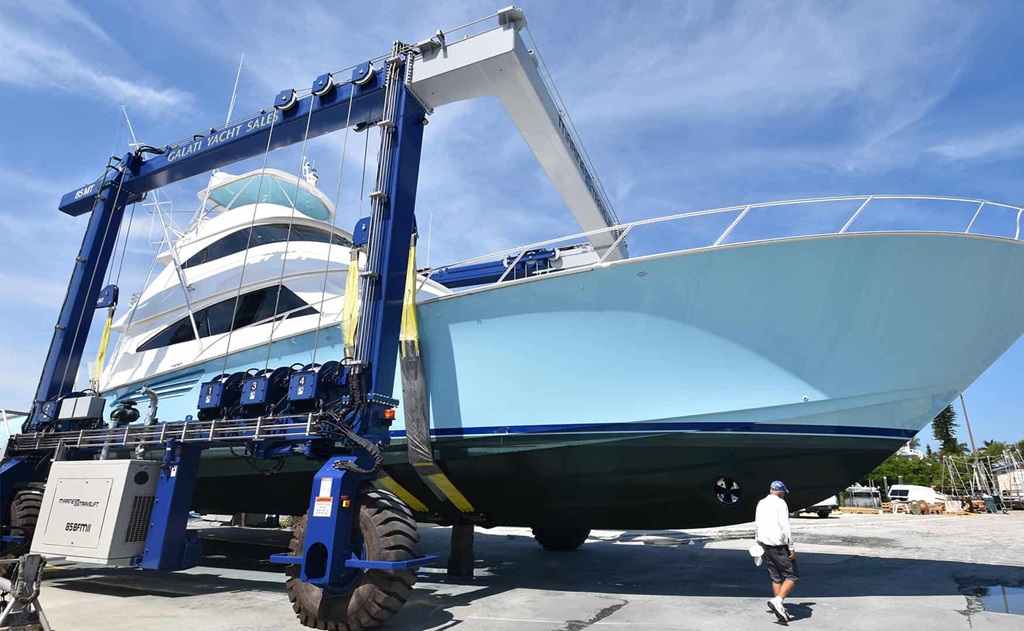
Stay informed about emerging technologies in boat lift removal. Innovations in materials and techniques may offer more efficient and environmentally friendly solutions in the future.
Common Mistakes to Avoid
Learn from others’ experiences by avoiding common mistakes during boat lift removal. From underestimating the weight to neglecting proper disconnect procedures, awareness of potential pitfalls is crucial.
Conclusion
Boat lift removal is a task that demands attention to detail and careful execution. By following the outlined steps, considering environmental factors, and learning from the experiences of others, you can ensure a successful and stress-free removal process. Remember, responsible removal not only benefits you but also contributes to the well-being of our water ecosystems.
FAQs
-
Is DIY removal recommended for all types of boat lifts?
- DIY removal can be suitable for some types, but it’s essential to assess your skills and the complexity of the lift.
-
How often should I inspect my boat lift for maintenance?
- Regular inspections, at least once a month, can help identify issues early and prevent costly repairs.
-
Can I reuse components from an old boat lift for a new installation?
- Yes, many components can be reused, but ensure they are in good condition and meet safety standards.
-
What are the environmental benefits of eco-friendly boat lift removal?
- Eco-friendly removal minimizes the impact on ecosystems, promoting a healthier marine environment.
-
How do I choose the right professional for boat lift removal?
- Look for experienced professionals with positive reviews and relevant certifications in boat lift removal.




